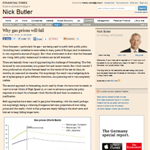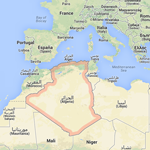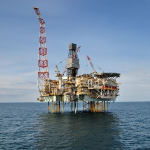 I fondamentali del mercato del gas naturale a livello globale indicano che i prezzi sono destinati a scendere. A sottolinearlo è Nick Butler, che dal suo blog sul sito del FT mette in evidenza quattro ragioni a sostegno della sua tesi.
I fondamentali del mercato del gas naturale a livello globale indicano che i prezzi sono destinati a scendere. A sottolinearlo è Nick Butler, che dal suo blog sul sito del FT mette in evidenza quattro ragioni a sostegno della sua tesi.
La prima è che l’offerta di gas convenzionale è abbondante: le riserve provate a livello mondiale sono più alte di dieci anni fa ed esistono buone possibilità che nel sottosuolo dei grandi produttori (Russia, Iran, Stati Uniti) se ne trovino altre non ancora esplorate.
La seconda è che la diffusione del gas naturale liquefatto (costruzione di terminali e di metaniere) stanno connettendo sempre di più i tre grandi mercati regionali, mettendo in discussione le formule contrattuali indicizzare al petrolio (e più in generale le pratiche commerciali).
La terza è che il Giappone, dopo la sbornia post-Fukushima, tornerà con decisione al nucleare, facendo venire meno parte della domanda di GNL a caro prezzo sul mercato dell’Asia orientale. La vittoria del partito di Abe alle recenti elezioni non fa che rafforzare questa tendenza.
La quarta è che ci sono limiti alla domanda. In Europa, a causa della crisi economica e dei soliti (masochistici?) vincoli alle emissioni. In America, a causa del carbone sempre più competitivo. In Asia, pure con consumi destinati a crescere, si addensano dubbi sulla reale portata della futura crescita cinese e sulle capacità infrastrutturali indiane.
Tutto questo senza nemmeno considerare l’impatto di un possibile aumento della produzione non convenzionale fuori dal Nordamerica. Si prospettano ottime notizie dunque per i consumatori e – legislatore permettendo – perfino per le imprese europee.
Un po’ meno buone le notizie per quei produttori, come Gazprom e Sonatrach, che basano la propria redditività sugli alti margini garantiti dalle vecchie formule contratturali sempre più fuori mercato.
Le difficoltà si prospettano anche per i loro clienti, ossia i grandi operatori europei, che dovranno continuare nel braccio di ferro negoziale e arbitrale per restare competitivi sui mercati.
La notizia non è buona, infine, nemmeno per molti lobbisti delle rinnovabili, che di fronte a prezzi in discesa faranno sempre più fatica a trovare una giustificazione il crescente costo-opportunità dei sussidi alle rinnovabili.










